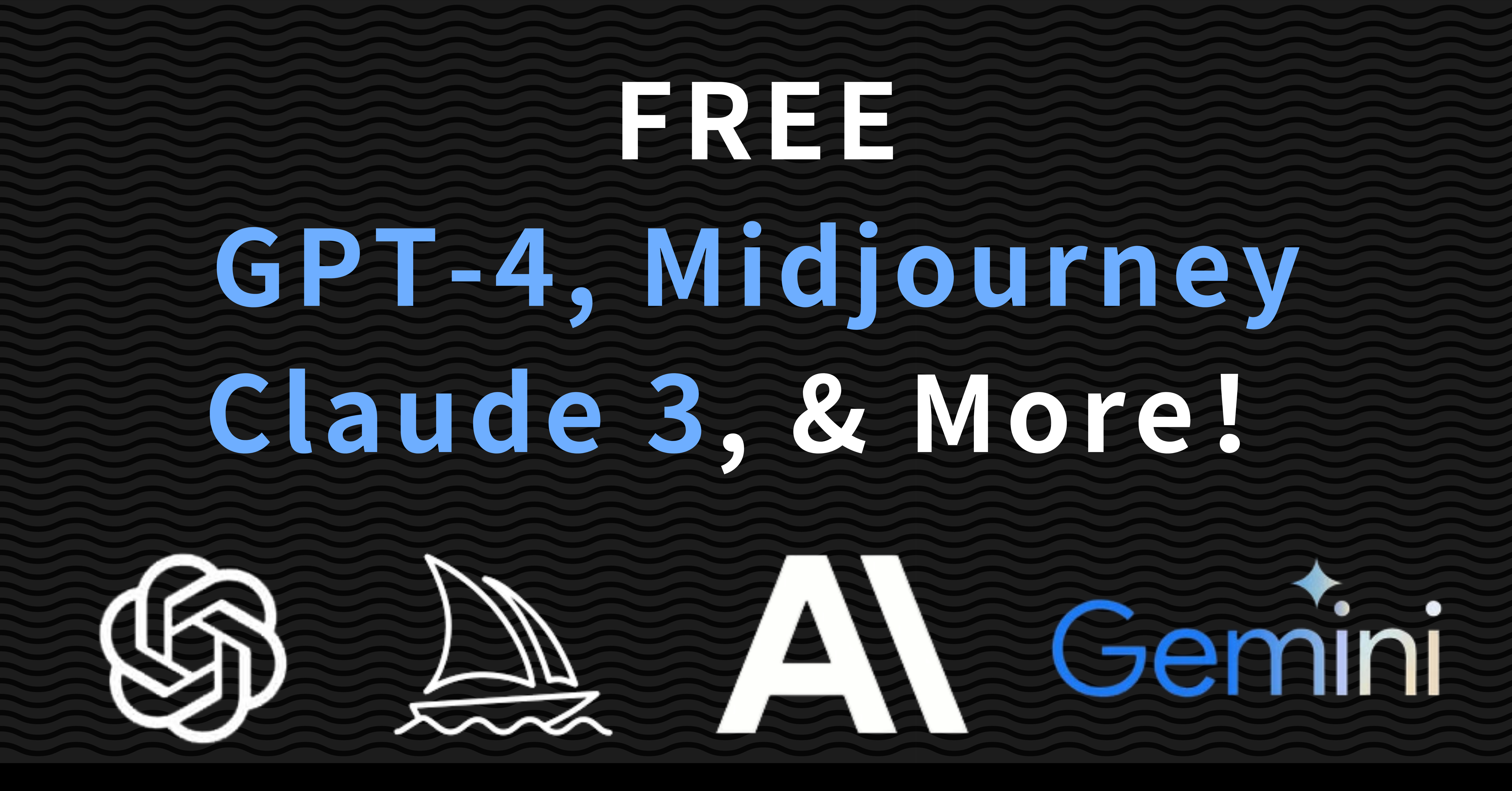OpenAI's GPT-4o: A New Era of Multimodal AI with Enhanced Text, Vision, and Audio Capabilities

Introduction to a New AI Era
OpenAI, a leader in artificial intelligence innovation, has recently unveiled its latest creation, GPT-4o. This new iteration is not just an upgrade but a significant leap forward in the AI landscape, enhancing the already impressive GPT-4 model. GPT-4o introduces expanded capabilities across text, vision, and audio, transforming it into a holistic multimodal platform that promises to revolutionize user interactions across multiple sectors.
Detailed Exploration of GPT-4o's Enhanced Features
GPT-4o stands out with its ability to process and understand inputs from text, images, and audio simultaneously, making it natively multimodal. Here’s how these features are set to change the technological landscape:
Text Processing Innovations: GPT-4o enhances its linguistic abilities, providing more precise and context-aware text generation. This feature is essential for applications requiring complex document processing, creative content generation, and even code development.
Vision Capabilities: The integration of vision allows GPT-4o to interpret visual information, making it incredibly useful for fields such as medical imaging, remote surveillance, and automated content creation. This capability enables the model to analyze images and provide insights that are contextually relevant to the text and audio inputs.
Advanced Audio Functions: With improved audio functionalities, GPT-4o can understand and generate spoken language, making it ideal for real-time interaction applications like virtual assistants and customer support bots. Its ability to respond to voice commands and process audio cues opens up new avenues for accessibility and hands-free operation.
Practical Applications Across Industries
The versatility of GPT-4o makes it suitable for a broad range of industries:
Education: Teachers and educational content creators can utilize GPT-4o to develop interactive learning materials that include text, images, and voice, catering to various learning styles and needs.
Healthcare: Clinicians can leverage its enhanced capabilities for patient diagnosis through image recognition and data analysis, improving the accuracy and efficiency of medical care.
Marketing and Advertising: Marketers can create dynamic content that combines text, images, and audio to engage audiences more effectively across multiple platforms.
Customer Service: Companies can deploy GPT-4o-powered voice assistants that not only understand spoken queries but also respond intelligently, providing a seamless customer service experience.
Developer Access and API Enhancements
OpenAI CEO Sam Altman highlights that GPT-4o will be more accessible and affordable for developers, stating that the API is priced at half the cost and delivers double the speed of the previous model, GPT-4 Turbo. This strategic pricing and enhanced performance are designed to encourage widespread adoption and innovation, allowing developers to build applications that were previously not feasible.

Pay-as-You-Go:
Top Up from Just $1 Balance Never Expires
All-in-One: Access All Models in One Place
AI Total Data Privacy
Unlimited Usage Limitation
Accepts Fiat and Crypto Payments
Future Directions and Ethical Considerations
While OpenAI continues to push the boundaries of what AI can achieve with GPT-4o, it also faces scrutiny over its shift from an open-source model to a more controlled distribution via paid APIs. This move has sparked discussions about accessibility and the democratization of AI technology. As the AI field evolves, balancing innovation with ethical considerations and equitable access will be crucial.
Conclusion: The Dawn of Multimodal AI Integration
As OpenAI gears up to compete with major tech giants at events like Google I/O, GPT-4o stands as a testament to the rapid advancements in AI technology. With its robust multimodal capabilities, GPT-4o is not just a tool but a harbinger of the future of artificial intelligence, where the integration of text, image, and voice opens up unprecedented possibilities for creators, developers, and businesses alike.
Further Insights
For more information on GPT-4o and to stay updated on the latest developments, visit OpenAI's official blog or watch the full coverage of their recent livestream event.
See Also
Free Mastery of Claude 3 Opus: An In-Depth Manual
Free Access to GPT-4: A Detailed Tutorial
AI Empowerment: Unleashing the Potential of ChatGPT
